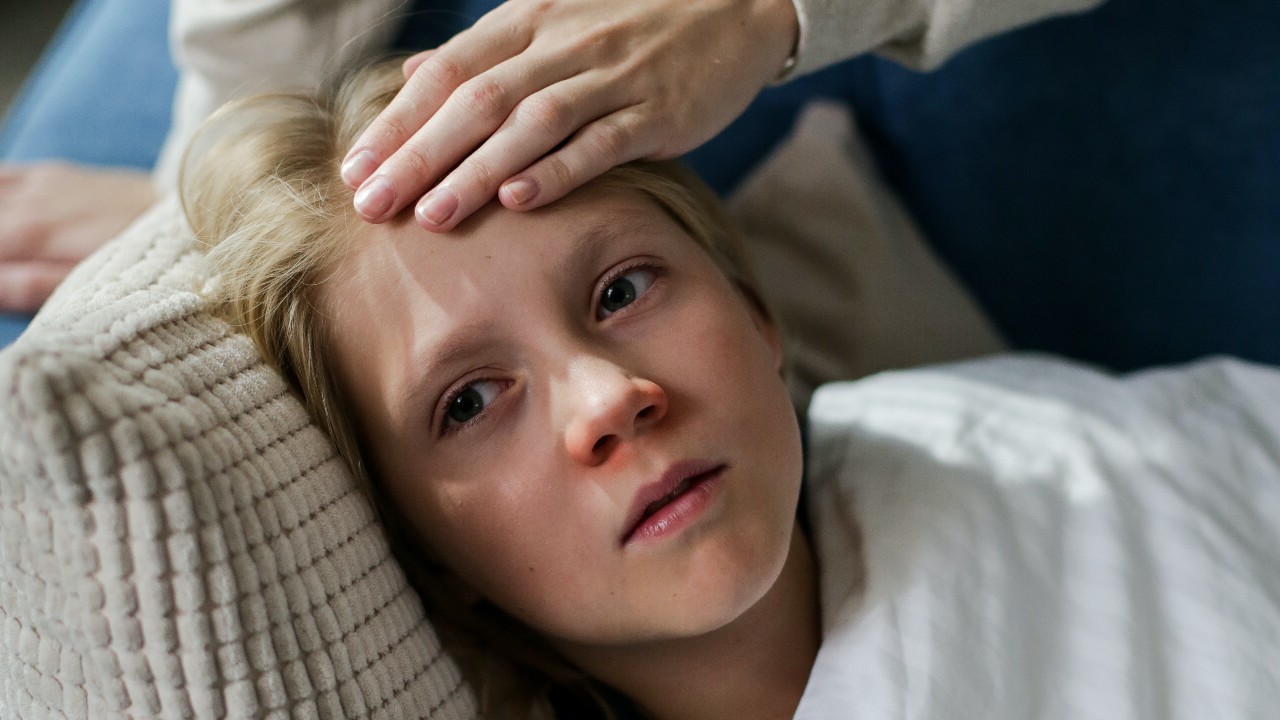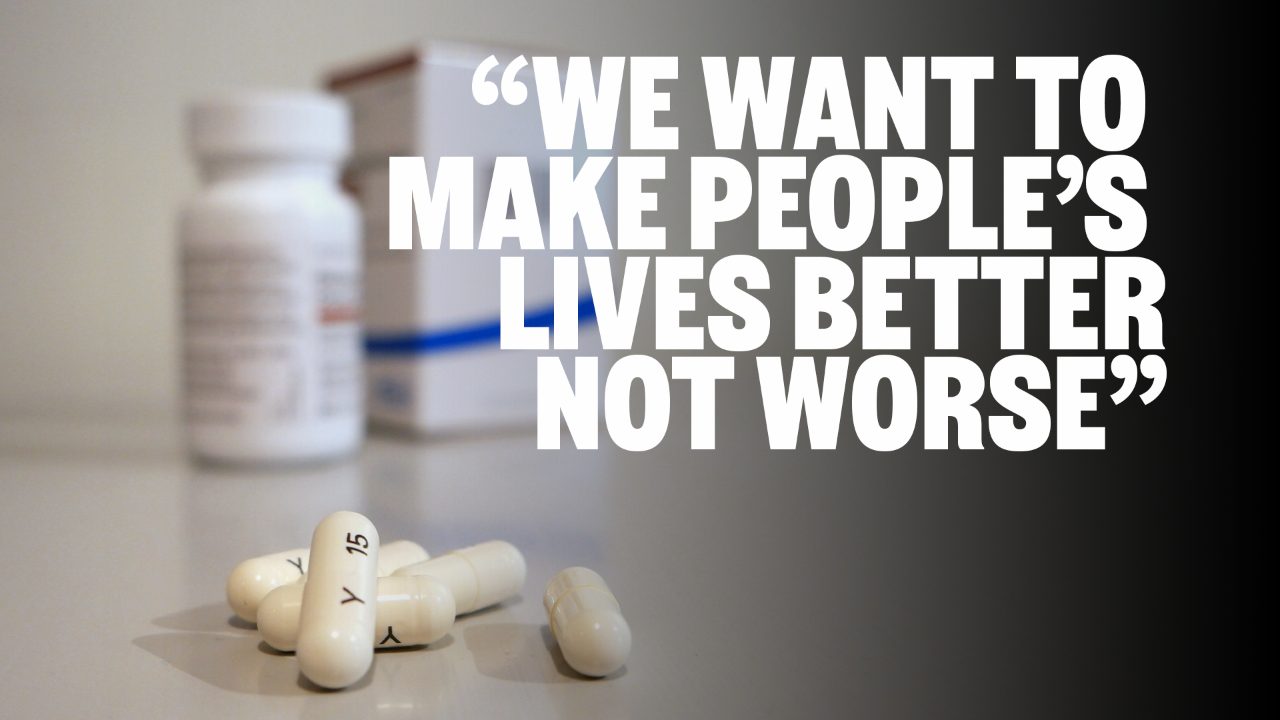Two children in New South Wales have been hospitalised with diphtheria of the throat.
It's the first time the disease has been detected in the state this century -- and the spread of the potentially fatal illness is prompting vaccine warnings across the Tasman.
With more, here's our World News Editor Kate Gregan.
It's been a feared childhood disease throughout history and was a common cause of death in children up until the 1930s when a vaccine was widely rolled out.
Adrian Esterman is an epidemiologist at the University of South Australia -- he told ABC News there are two types of diphtheria.
"There's a skin version which forms skin lesions, which turn into boils and it's much, much milder and then there is a throat version which can form a membrane, so it's a whitish-green bit of membrane that looks like skin that can totally cover the windpipe and stop the child from being able to breathe, so it can very serious."
The disease is contagious and can be spread through coughing, sneezing and sometimes through contact with contaminated surfaces.
The first symptoms are usually a sore throat, a loss of appetite, and a mild fever.
Within 2-to-3 days the membrane forms.
It can also cause the neck and throat to swell, which is known as "bull neck".
Adrian Esterman says the disease can be fatal in up to 10 percent of cases - but there are some treatments available.
"You can actually surgically remove the membrane and then of course we have anti-biotics and anti-toxins as well.
"It's not the actual bacteria that are causing the problems, it's actually a toxin or poison that the bacteria produces that causes the problems."
More than 90 per cent of children in Australia are vaccinated against the disease, but the small percentage who aren't, are at risk.
Professor Esterman's message is simple.
"Please, please, please get your children fully vaccinated against all childhood infections."
Authorities say the close contacts of those infected have received antibiotics or immunisation to reduce the risk of further transmission, and there's no ongoing risk to the broader community.
















